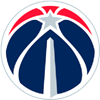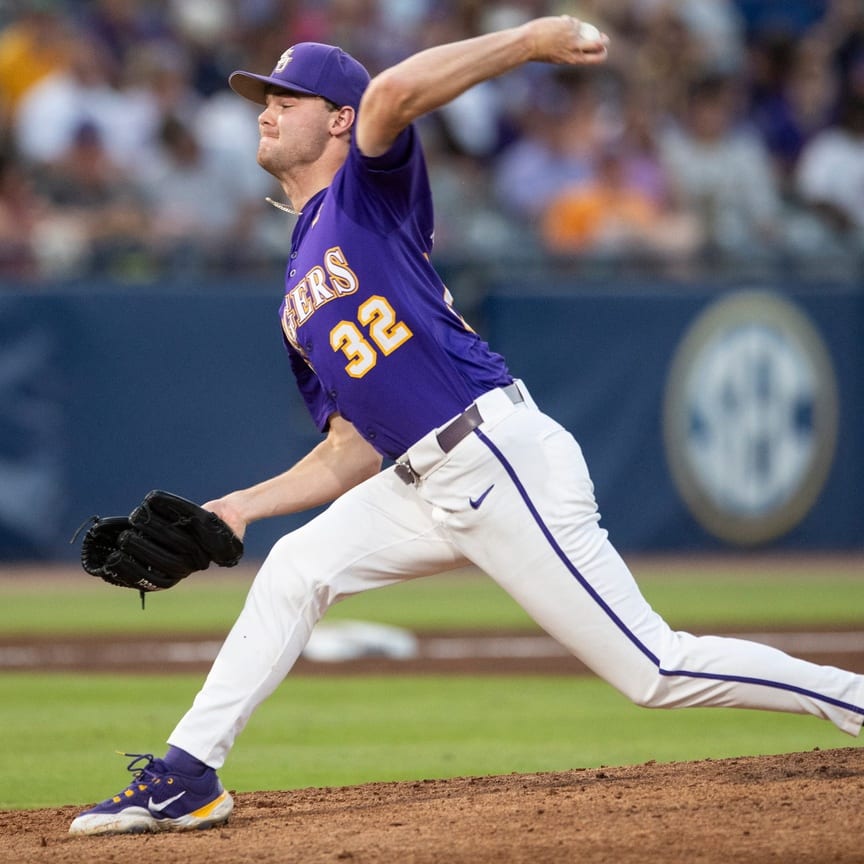Back in early October, I kicked off the offseason with an article giving some attention to what could come from stolen bases in 2023. Needless to say, steals has become a passion project for me this winter as I have let others take on reporting new pitches and am now laser-focused on what I believe is the biggest factor for this coming season. We are seeing teams be rather aggressive on the bases this spring as they test out the new conditions with whatever talent they have on their roster while several players are participating in the World Baseball Classic. To recap, the chart below shows the typical activity for stolen base attempts each Spring Training and how that rate translates to the regular season:
Season | Spring | Regular | Difference |
2010 | 2.04 | 1.68 | -18% |
2011 | 2.16 | 1.86 | -14% |
2012 | 2.22 | 1.80 | -19% |
2013 | 1.96 | 1.52 | -22% |
2014 | 1.92 | 1.56 | -19% |
2015 | 1.88 | 1.46 | -22% |
2016 | 1.90 | 1.46 | -23% |
2017 | 2.00 | 1.42 | -29% |
2018 | 2.04 | 1.42 | -30% |
2019 | 1.94 | 1.28 | -34% |
2021 | 1.64 | 1.20 | -27% |
2022 | 1.54 | 1.34 | -13% |
2023 | 2.34 | ?? | ?? |
Averages | 1.97 | 1.50 | -24% |
On the whole, the league sees a 24 percent decline in stolen base attempts once the regular season begins, as regular-season outs on the bases obviously mean much more to teams than they do in camp when they're merely evaluating the talent they have on the roster. I am far from a Will Hunting, but this is about as much math as you will see
Back in early October, I kicked off the offseason with an article giving some attention to what could come from stolen bases in 2023. Needless to say, steals has become a passion project for me this winter as I have let others take on reporting new pitches and am now laser-focused on what I believe is the biggest factor for this coming season. We are seeing teams be rather aggressive on the bases this spring as they test out the new conditions with whatever talent they have on their roster while several players are participating in the World Baseball Classic. To recap, the chart below shows the typical activity for stolen base attempts each Spring Training and how that rate translates to the regular season:
Season | Spring | Regular | Difference |
2010 | 2.04 | 1.68 | -18% |
2011 | 2.16 | 1.86 | -14% |
2012 | 2.22 | 1.80 | -19% |
2013 | 1.96 | 1.52 | -22% |
2014 | 1.92 | 1.56 | -19% |
2015 | 1.88 | 1.46 | -22% |
2016 | 1.90 | 1.46 | -23% |
2017 | 2.00 | 1.42 | -29% |
2018 | 2.04 | 1.42 | -30% |
2019 | 1.94 | 1.28 | -34% |
2021 | 1.64 | 1.20 | -27% |
2022 | 1.54 | 1.34 | -13% |
2023 | 2.34 | ?? | ?? |
Averages | 1.97 | 1.50 | -24% |
On the whole, the league sees a 24 percent decline in stolen base attempts once the regular season begins, as regular-season outs on the bases obviously mean much more to teams than they do in camp when they're merely evaluating the talent they have on the roster. I am far from a Will Hunting, but this is about as much math as you will see me do to solve a theorem.
It is a commonly accepted hypothesis that steals will go up this season because we have seen the impact of the rule changes in play not only in Spring Training but also in the minor leagues. The player pools are not the same, but the league is not implementing these changes in the hopes steals go up; rather, they absolutely know teams will run more. The question is — just how much more, and how much more activity should we be planning for as fantasy managers?
In Jeff Erickson's recent article on hitting targets for the 2023 season, he had this to say about steals:
I don't think that the jump at the major-league level will be as dramatic. First of all, notice that Triple-A teams were starting at a much higher base in 2021. It follows that Triple-A pitchers aren't nearly as proficient at holding runners as major league pitchers are, not to mention big-league catchers will have quicker pop times. Moreover, every aspect of the game necessarily is analyzed more by teams at the big league level, thus I'd expect quicker adjustments from teams getting exploited by more stolen base attempts. So instead of a 20 percent increase in steals, I'd guess it'll be closer to 10 percent.
I read this as I hear Dave Mason strumming the guitar in the background telling me there ain't no good guy, there ain't no bad guy, there's just Jeff and me and we just disagree (ooooh ooooh ooh, oh oh oh). I have no doubt he will have a pun ready to rebut this when we see one another this coming weekend at Tout Wars. I digress.
If we take just the averages from the past 12 seasons and apply that to what we have from Spring Training as things stand now, this is how that would model out:
- 2.34 stolen base attempts per game this Spring Training
- Regular season is 4,860 games played (162 * 30 teams) which is 2,430 contests
- 2,430 x 2.34 = 5,686 stolen base attempts
- 5,686 stolen base attempts reduced by 24 percent = 4,322 attempts
- 4,322 attempts would be a 31 percent increase from the league total from 2022 and the highest we have seen since 2012

If we took that 4,322 attempts and modeled out what the successful steals totals would be league-wide by percentage, we can get a better understanding of what may be on the horizon for us once the regular season begins. I start at 73 percent, as that has been the average stolen base success rate for the league from 2010-2022, and that figure is only going up in the future:
Success Rate | SB | CS | SBA | Change from 2022 |
73% | 3155 | 1167 | 4322 | 27% |
74% | 3198 | 1124 | 4322 | 29% |
75% | 3242 | 1081 | 4322 | 30% |
76% | 3285 | 1037 | 4322 | 32% |
77% | 3328 | 994 | 4322 | 34% |
78% | 3371 | 951 | 4322 | 36% |
79% | 3414 | 908 | 4322 | 37% |
80% | 3458 | 864 | 4322 | 39% |
I heard Ariel Cohen make a wonderful analogy on a recent podcast where he said that when given the choice in a hotel lobby between two elevators, we all naturally stand in the middle and wait to see which door opens. If we use 76 percent as the middle, we could see a 32 percent increase in the number of successful stolen bases this season based on the numbers run above. The league hasn't eclipsed 3,300 steals in a season since 1999, when the league swiped 3,421 bases. I feel that total is safe, but I also struggle to see how we're not going to see a dramatic change in stolen bases, unless this spring is all a big show to give the fans something to cheer for in Florida and Arizona. As it were, the league is running 53 percent more this Spring Training than they did last year. Another thing to note is the four new managerial situations and how their teams are moving on the bases:
- Chicago White Sox: 1.8 attempts per game compared to 0.4 per game in 2022
- Kansas City Royals: 1.4 attempts per game compared to 0.9 per game in 2022
- Miami Marlins: 0.5 attempts per game compared to 0.9 per game in 2022
- Texas Rangers: 1.1 attempts per game compared to 1.0 per game in 2022
It's my belief that the impact of these changes puts a bigger premium on quality pitching this season, because ERAs and WHIPs are going to be affected by an increase in runners in scoring position. I may actually need Will Hunting to model the runs out and project how many more runs we can expect this season with more runners in scoring position combined with the unfamiliar stresses of pitching to a clock and reduced options to control the running game. I know much attention is being given to potential stolen base targets, but we should also be considering the impact on ratios as we build our pitching staffs and insulate our teams to the best of our abilities. The league-wide batting average the past two seasons hasn't been any different with just a man on first (.255) than with one in scoring position (.253), but let's not forget what it does to run expectancy, especially if that leadoff man reaches base and then can steal at least second base, as he more than doubles the likelihood of a run scoring if he can do those two events before the next batter makes an out:
Situation | 0 Outs | 1 Out | 2 Outs |
_ _ _ | 0.514 | 0.274 | 0.106 |
1 _ _ | 0.899 | 0.533 | 0.224 |
_ 2 _ | 1.147 | 0.688 | 0.323 |
_ _ 3 | 1.389 | 0.972 | 0.361 |
1 2 _ | 1.478 | 0.937 | 0.441 |
1 _ 3 | 1.774 | 1.188 | 0.488 |
_ 2 3 | 1.998 | 1.396 | 0.564 |
1 2 3 | 2.272 | 1.579 | 0.763 |
Simply put, we are in for a big change this season as the league pulls multiple levers to tilt the odds back in the favor of hitters after watching pitching and defense (and their own baseballs) make it more impossible for teams to generate offense.
If you want a final number, give me 35:1 odds on the league stealing 3,302 bases this season, which represents a 32.8 percent increase over last year.
I repeat: Buckle Up!





































